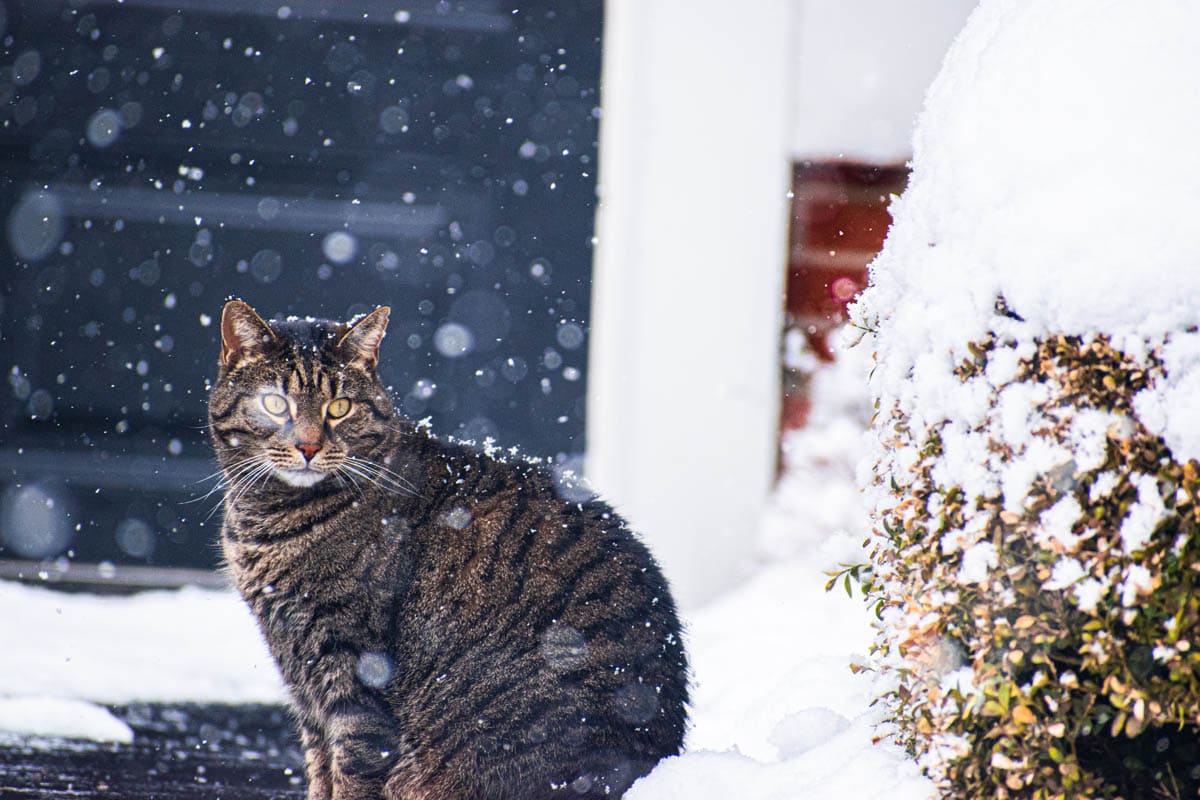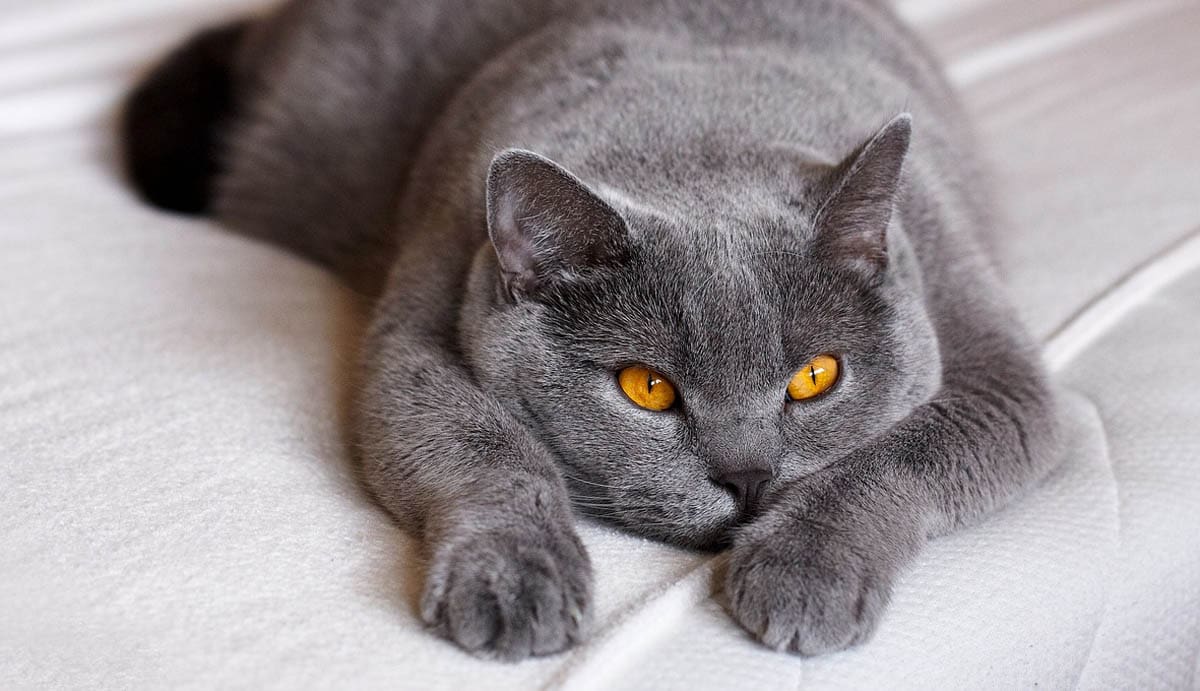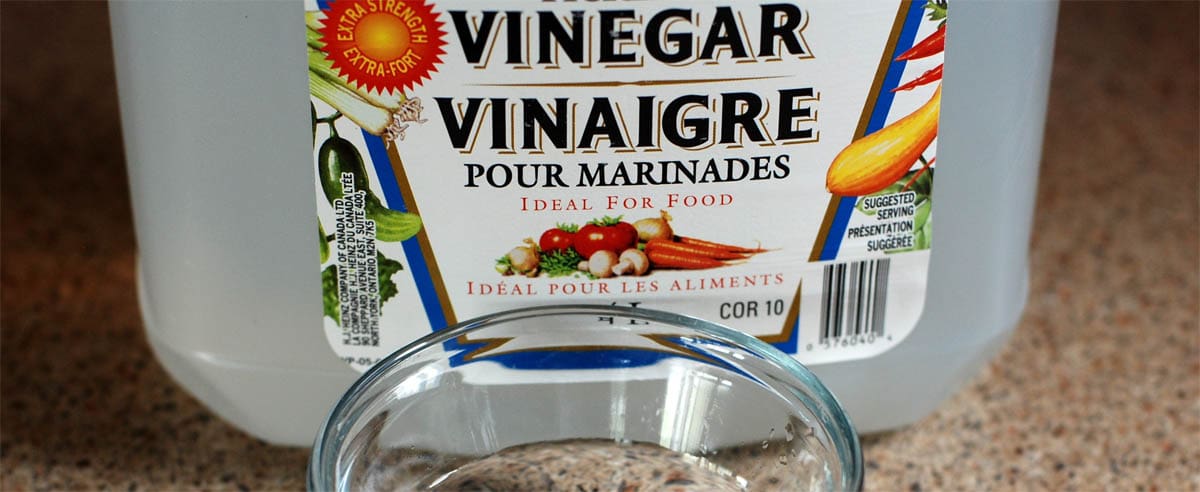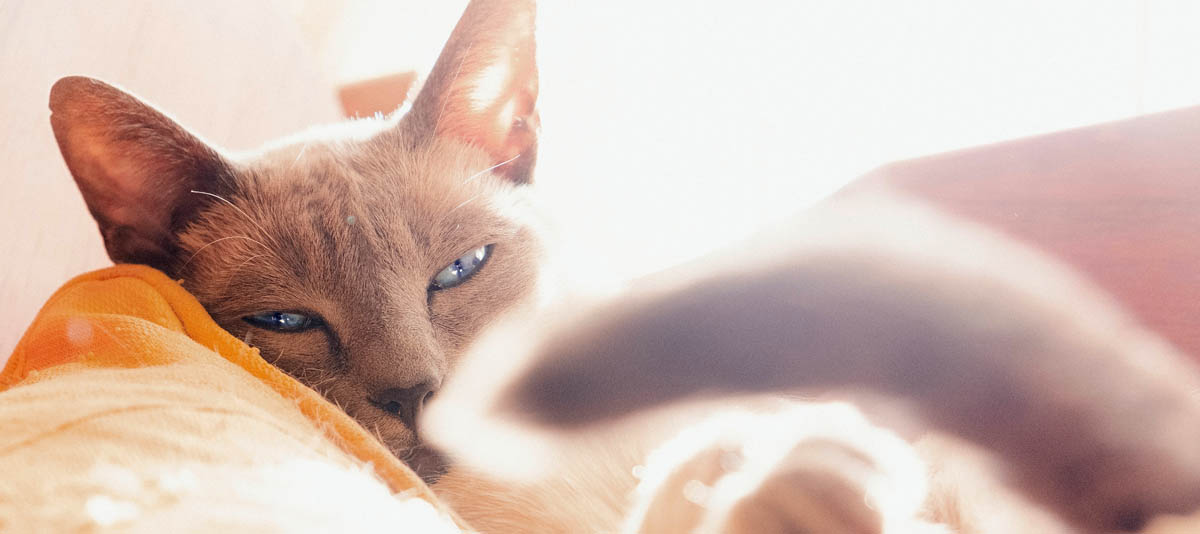Despite their fur coat, cats can feel the cold. Fur acts as insulation, but its effectiveness is limited.
How cold is too cold?
There are many variables, which include the overall health of the cat, medications, age, amount of subcutaneous fat as well as the weather itself. Indoor cats are not as acclimatised as outdoor cats. Is it dry or wet outside? A still cold day is less dangerous than a windy, cold day: wind chill and damp both increases the severity of severe consequences to the cat. A wet cat is more at risk in cold conditions than a dry cat and wind chill can increase the chances of the cat developing hypothermia or frostbite. This highlights the importance of a safe, dry shelter for cats who go (or live) outside.








